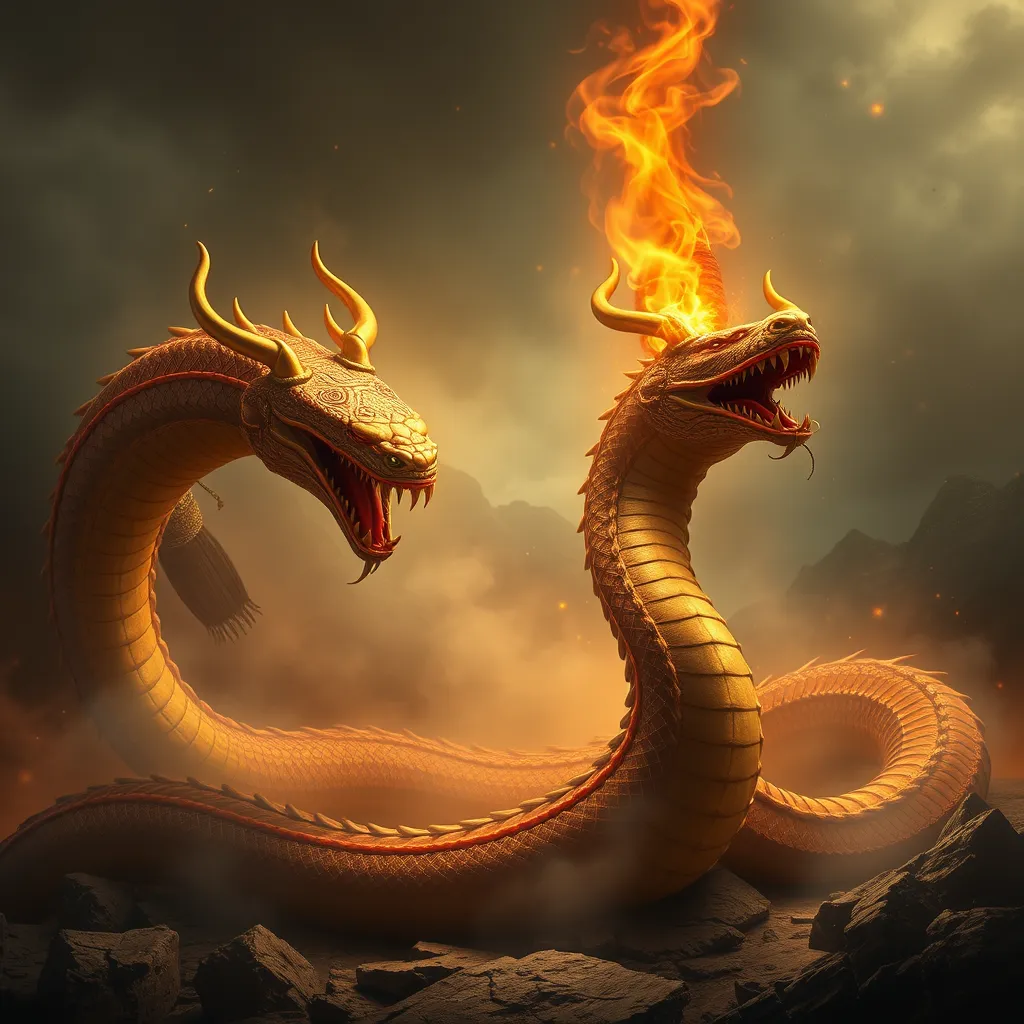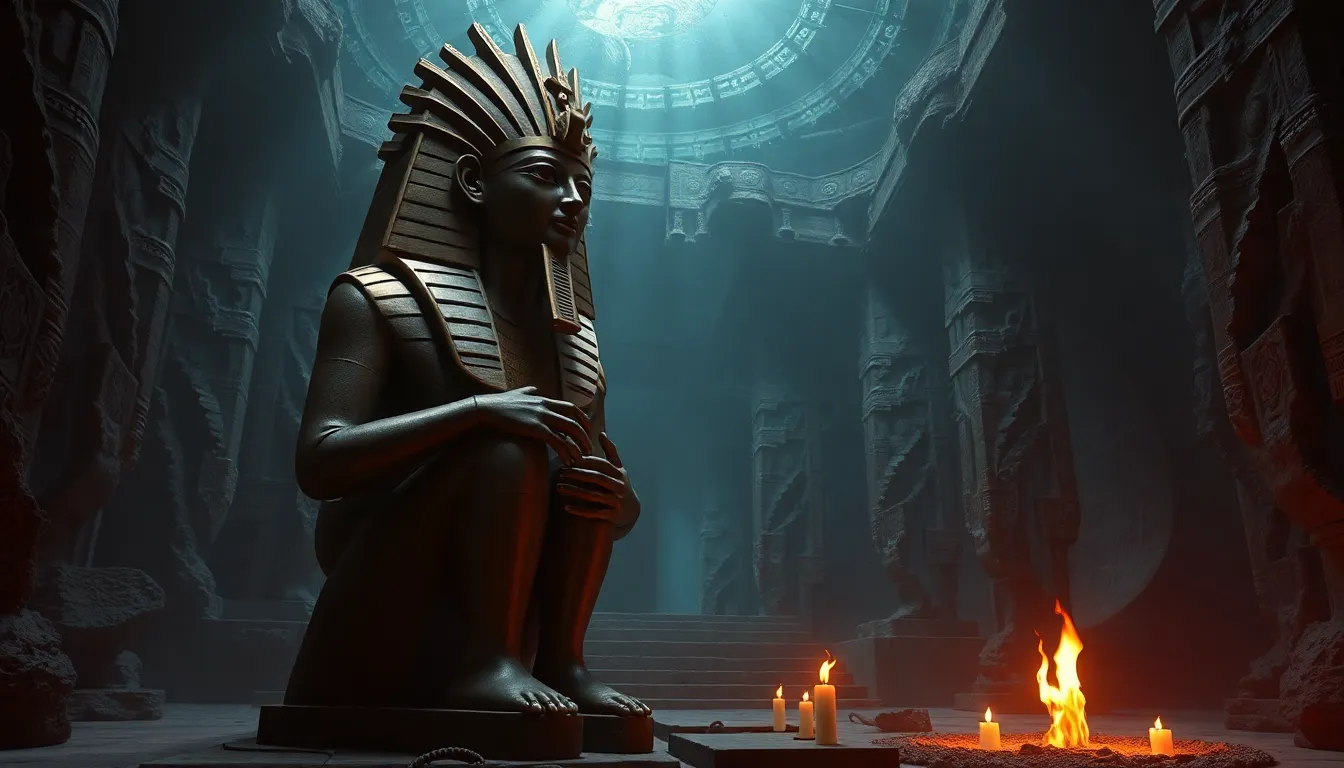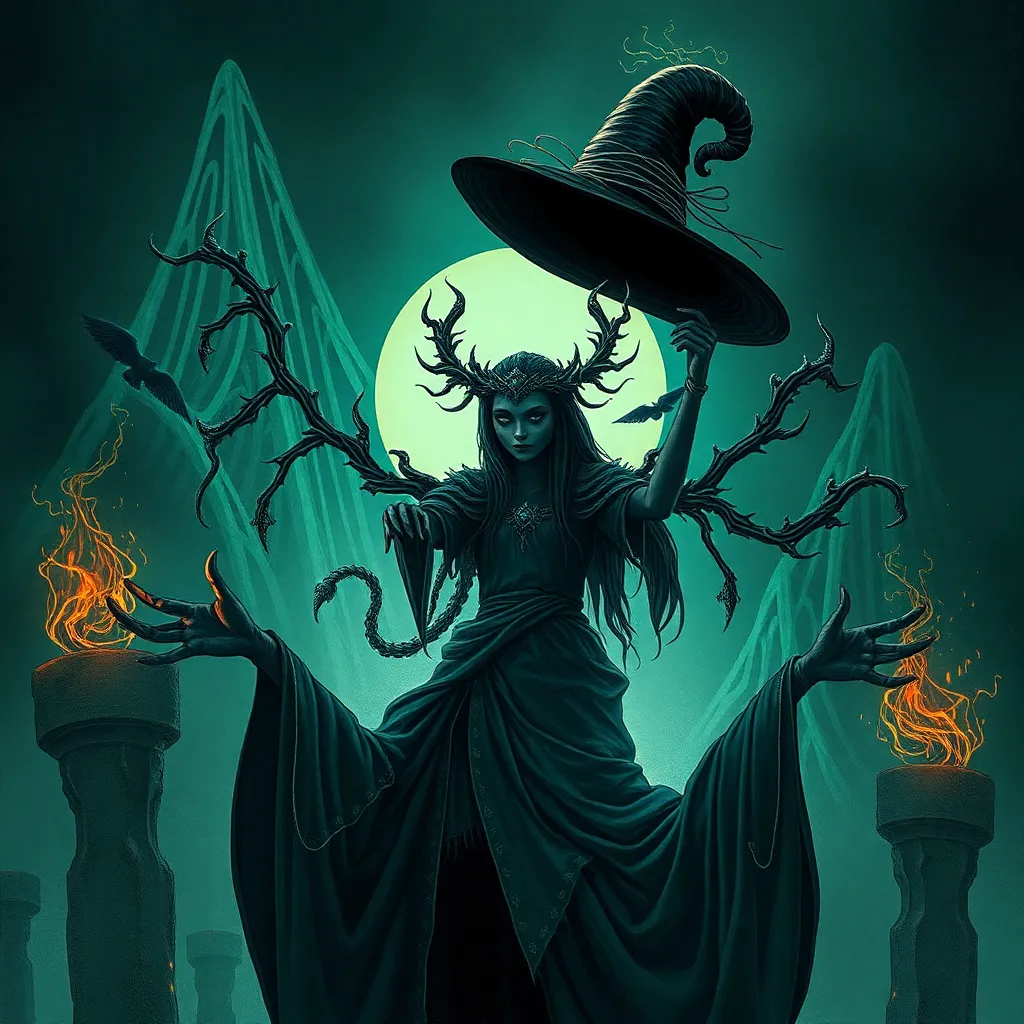The Serpent Kings of Ancient India: A History of Naga Mythology
I. Introduction to Naga Mythology
Naga mythology holds a significant place in the spiritual and cultural landscape of ancient India, encompassing both Hindu and Buddhist traditions. The term ‘Naga’ refers to a serpent or dragon-like being, often depicted as either a divine entity or a powerful spirit associated with water, fertility, and the underworld. The significance of Nagas transcends mere mythology; they embody the duality of life and death, creation and destruction, resonating deeply within the beliefs and practices of ancient Indian society.
In the context of ancient India, Naga beliefs are interwoven with the cultural fabric, influencing various aspects of life, from agriculture to rituals and governance. This article delves into the rich tapestry of Naga mythology, tracing its origins, key figures, worship practices, and its legacy that continues to inspire modern interpretations.
II. The Origin of the Nagas
The origins of the Nagas are shrouded in a blend of historical accounts and mythical narratives. Ancient texts, including the Rigveda and Puranas, reference Nagas as both celestial beings and earthly entities. The Rigveda, one of the oldest sacred texts of India, mentions Nagas in the context of rituals and sacrifices, indicating their integral role in Vedic society.
Theories regarding the origins of the Nagas suggest a complex interplay between historical tribes and mythological constructs. Some scholars posit that the Nagas may have originated from indigenous tribes in the Indian subcontinent, whose reverence for serpents evolved into a rich mythological tradition over time. In Vedic literature, Nagas are often depicted as guardians of treasures and wisdom, reflecting their esteemed position in ancient cosmology.
III. Naga Deities and Their Symbolism
Within Naga mythology, several key figures emerge, each embodying distinct attributes and symbolism. Among the most notable are:
- Ananta: Also known as Anantashesha, Ananta is depicted as a massive, multi-headed serpent who serves as the bed of Lord Vishnu. He symbolizes eternity and the infinite nature of the universe.
- Vasuki: Known for his role in the churning of the ocean (Samudra Manthan), Vasuki is a prominent Naga who exemplifies strength and cunning. He is often portrayed wrapped around the neck of Shiva, symbolizing his connection to the divine.
The symbolism of Nagas extends beyond their physical forms. They represent the duality of existence; while they are often seen as protectors, they can also embody malevolence, causing harm if disrespected. This dual nature is reflected in various artistic depictions, where Nagas are shown both as benevolent guardians and fearsome adversaries.
IV. Naga Worship and Ritual Practices
Naga worship has been an integral part of ancient Indian spiritual practices. Historical accounts indicate that Nagas were revered as deities associated with water sources, fertility, and agricultural prosperity. Worship practices often included offerings, prayers, and rituals performed at sacred sites dedicated to Nagas.
Some notable aspects of Naga worship include:
- Temples and Sacred Sites: Numerous temples across India, such as the Naga Panchami festival in Maharashtra and the Naga temples in the Northeast, showcase the cultural importance of Nagas. These sites are often located near water bodies, emphasizing their connection to the life-giving properties of water.
- Festivals and Rituals: Festivals like Naga Panchami involve rituals performed to honor Nagas, including the offering of milk and prayers for protection and prosperity. These celebrations highlight the ongoing reverence for Nagas in contemporary culture.
V. Naga Kings and Their Legends
Throughout ancient texts, Naga kings feature prominently in various legends, demonstrating their influence over both divine and earthly realms. Notable Naga kings include:
- Nagaraja Takshaka: A central figure in tales of conflict and alliance, Takshaka is known for his role in the Mahabharata, where he defends his kingdom and engages with both gods and humans.
- Naga Vasuki: Aside from his association with the churning of the ocean, Vasuki is often portrayed as a benevolent ruler who aids gods and heroes alike, reflecting the complex relationship between Nagas and other divine beings.
The legends surrounding Naga kings often highlight themes of heroism, sacrifice, and the ongoing struggle for balance between good and evil, illustrating their central role in the moral and ethical narratives of ancient Indian society.
VI. Naga Myths in Regional Cultures
Naga mythology is not confined to a single narrative; it varies across different regions of India and has influenced cultures beyond its borders. In various Indian states, local interpretations of Nagas showcase rich folklore and practices. For instance:
- In Tamil Nadu: Nagas are worshipped in numerous temples, and local festivals often include rituals to appease these serpentine deities.
- In the Northeast: Tribes like the Nagas celebrate their heritage with myths that honor their connection to serpents, often depicting them as ancestral beings.
Additionally, Naga beliefs have transcended into Southeast Asian cultures, where serpent deities appear in local mythologies, such as the Naga in Buddhist traditions in countries like Thailand and Cambodia, showcasing the cross-cultural impact of Naga mythology.
VII. Naga Mythology in Art and Literature
Naga mythology has left an indelible mark on Indian art and literature, inspiring countless depictions in sculptures, paintings, and classical texts. Ancient sculptures often portray Nagas entwined with gods, symbolizing their protective nature and divine associations.
In classical Indian literature, Naga stories are woven into epics such as the Mahabharata and the Ramayana, where they play crucial roles in the narratives. Contemporary representations of Nagas have also emerged in modern media, including films, literature, and art, reflecting the enduring fascination with these mythical beings.
VIII. Conclusion and Legacy of Naga Mythology
The legacy of Naga mythology continues to resonate in contemporary culture, influencing spiritual practices, artistic expressions, and cultural identities. The themes of duality, protection, and the intricate relationship between humans and nature found in Naga stories offer lessons that remain relevant today.
As we look to the future, the study of Naga mythology presents opportunities for deeper understanding of its impact on society, bridging ancient beliefs with modern interpretations. The rich history of the Nagas invites exploration and appreciation, ensuring that their stories endure in the collective consciousness of humanity.



